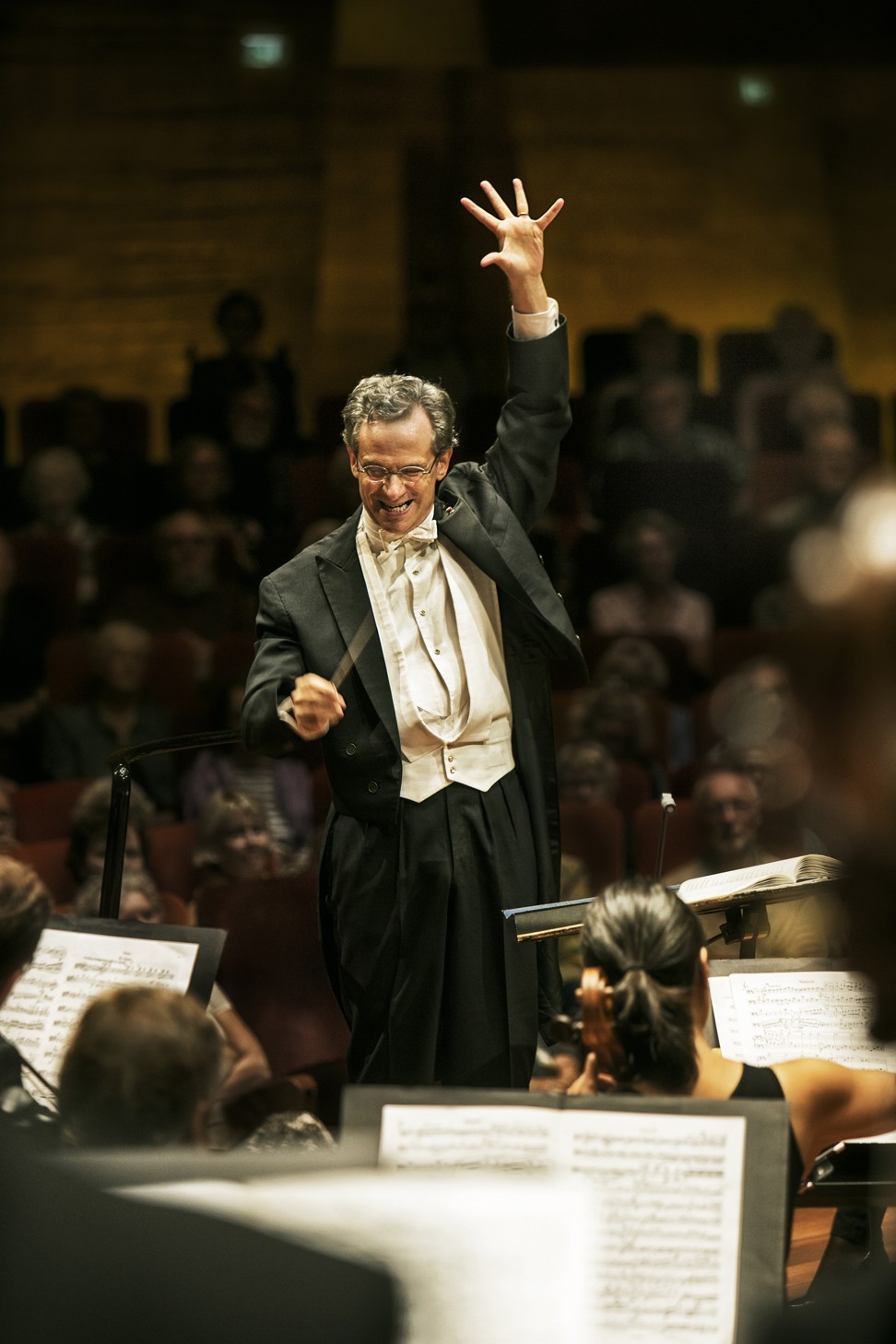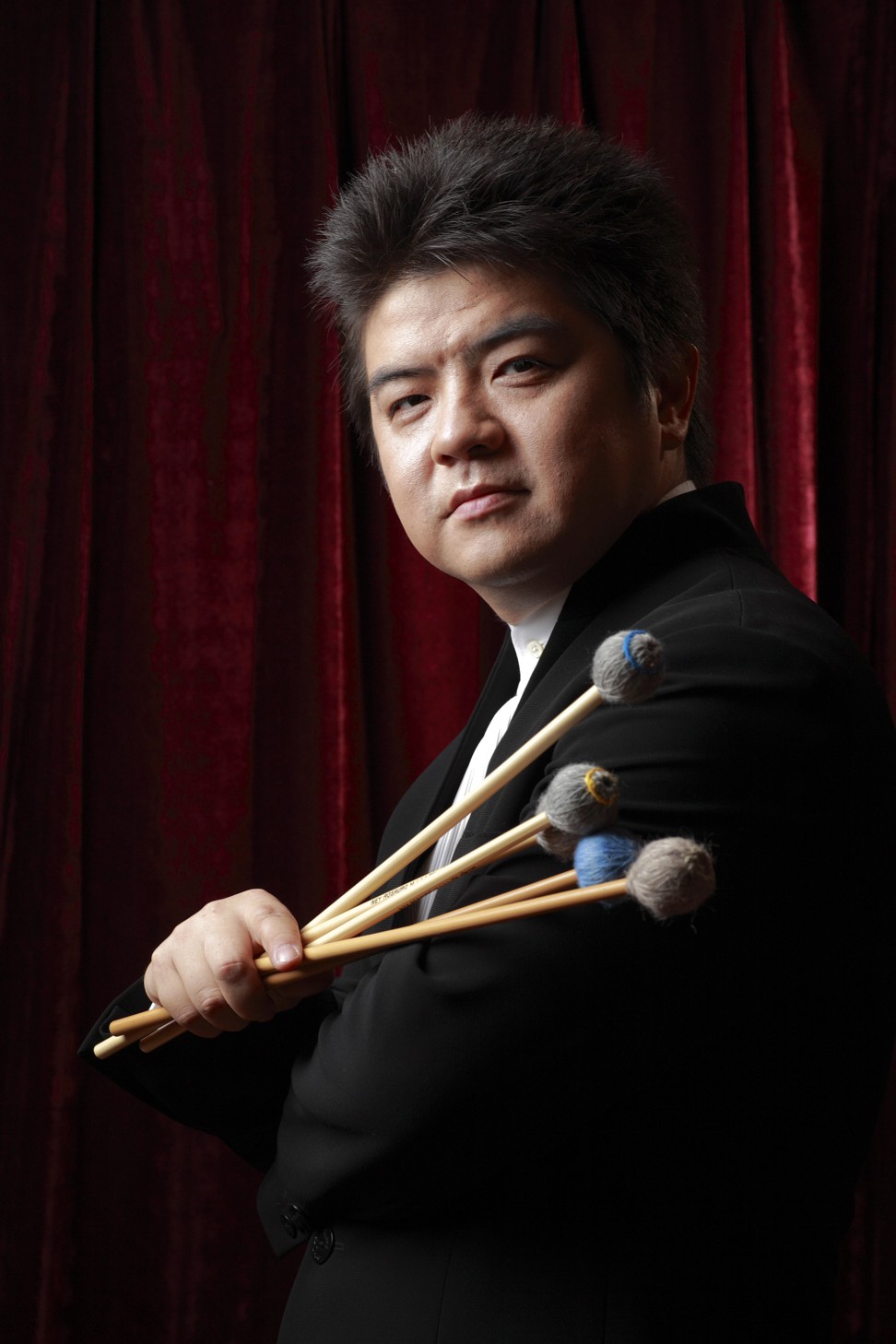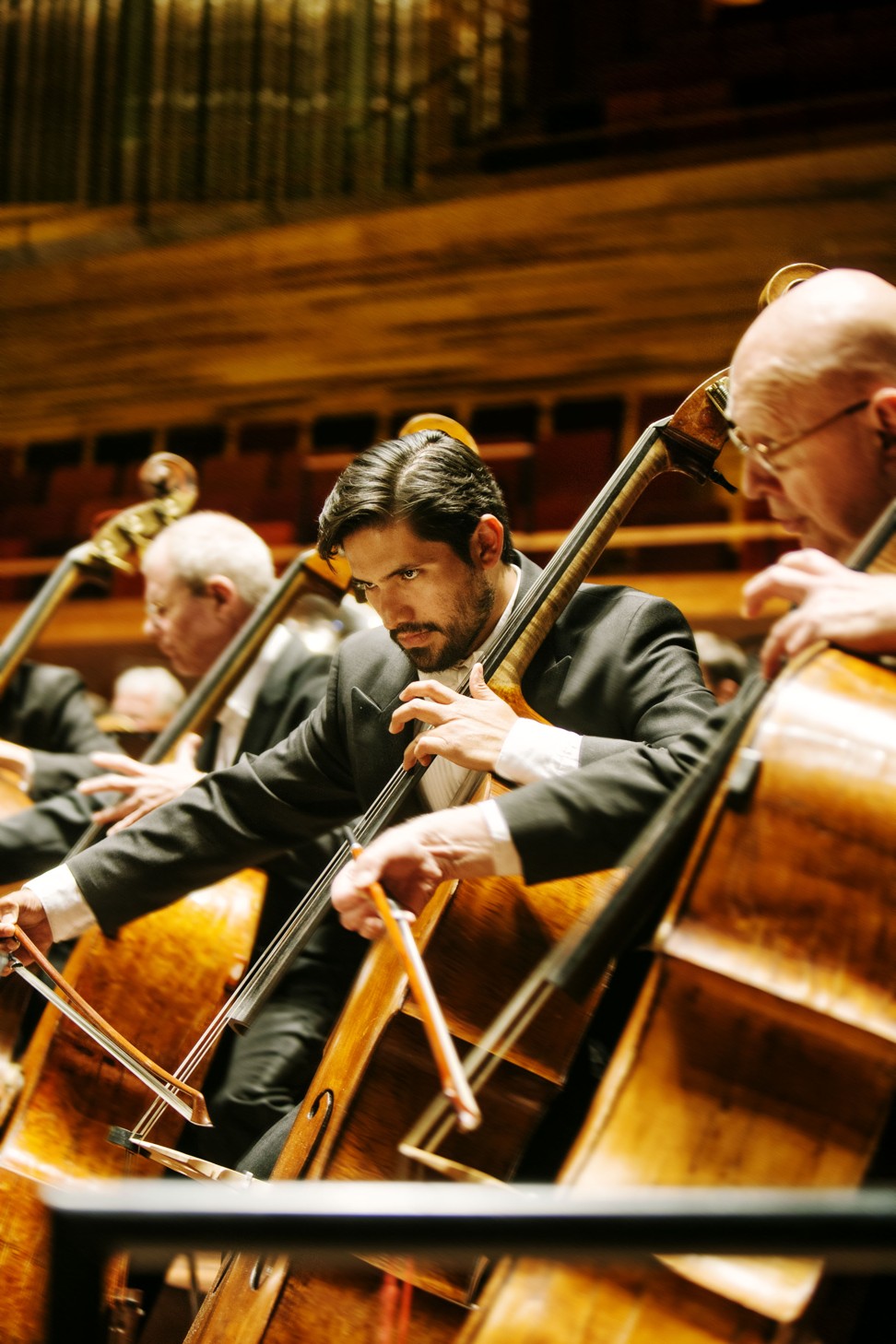
Review | Danish orchestra, Chinese soloist dazzle in Sichuan quake-inspired concerto and late Romantic gems
Percussionist Li Biao showed remarkable technique, versatility and musicality in Guo Wenjing concerto, accompanied in stunning fashion by an orchestra which played a demanding programme with polish and panache
Brilliantly polished playing from the Danish National Symphony Orchestra, energetically led by their Italian principal conductor, Fabio Luisi, impressed in this Hong Kong Arts Festival highlight.
They opened their concert programme in thrilling fashion, vividly conjuring the turbulence of raging seas in Richard Wagner’s Overture to Der fliegende Holländer (The Flying Dutchman).

Written just ahead of the opera’s first performance in 1843, the overture presents Leitmotifs (leading motifs) associated with characters and themes found in Wagner’s opera. The playing was exciting from the word go, with a rousing brass fanfare, a seductive cor anglais solo signalling Senta’s ballad and wonderful, swirling string sound.
Next was Chongqing-born composer Guo Wenjing’s The Rite of Mountains: Concerto for Percussion and Orchestra, a response to the devastating 2008 Sichuan earthquake, which portrays chaotic scenes, as well as life and hope.

The soloist, Chinese percussion virtuoso Li Biao, demonstrated incredible technique and versatility on a battalion of percussion instruments. Switching from the virtuosic first movement Toccata – Elegy for Marimba to gongs in the Trio – Largo – Allegretto – Largo second movement, Li effectively used brushes, mallets and drumsticks (on 10 different gongs) to achieve unexpected variations in tonal colour.
The rhythmic precision from both soloist and orchestra was stunning in the final Recitative for Drums: Moderato – Presto, which contains references to Stravinsky’s Rite of Spring.
After the interval came Richard Strauss’ colourful portrait of the blustering and reckless renaissance lover and legend Don Juan. Written in 1888, his tone poem Don Juan is often described as a musical symbol of fin-de-siècle modernism due to its “breakaway” opening mood.
The rigorous demands it puts on musicians (the work is a staple of professional orchestral auditions) were handled with relative ease under Luisi’s clear and energetic direction. The orchestra’s finely polished playing produced a highly charged Don Juan, its depictions of the character’s joy, promiscuity, melancholy and final breaths extremely vivid.

Carl Nielsen’s Symphony No. 5, arguably the best known work in the Danish repertoire, was completed in 1922 in reaction to the catastrophe of the first world war. The work, a fine example of progressive tonality, has only two movements (and, unusually for the composer, no subtitle) and was described by Nielsen himself as “the division of dark and light, the battle between evil and good”.
The first movement Tempo giusto – Adagio non troppo resembles a battle between orchestra and a renegade snare drummer who, only silenced by the full forces of his colleagues in the final bars, ultimately leaves the stage in a huff.
Review: Denis Matsuev/State Academic Symphony Orchestra of Russia/Kristjan Järvi at the Hong Kong Arts Festival
The sinister elements were wonderfully captured; the viola section’s dark time-ticking and the woodwind’s “evil” interjections. The rich and majestic string playing was glorious and the mourning clarinet wonderful in solitude.
The struggle continues in the second movement Allegro -Presto – Andante un poco tranquillo – Allegro, albeit with a new-found exuberance. Luisi expertly shaped and paced the entire performance, allowing wistful strings to shine in passages of lyricism and the entire orchestra too in the final uplifting and victorious conclusion.
Danish National Symphony Orchestra, Hong Kong Cultural Centre Concert Hall. Reviewed: March 20

